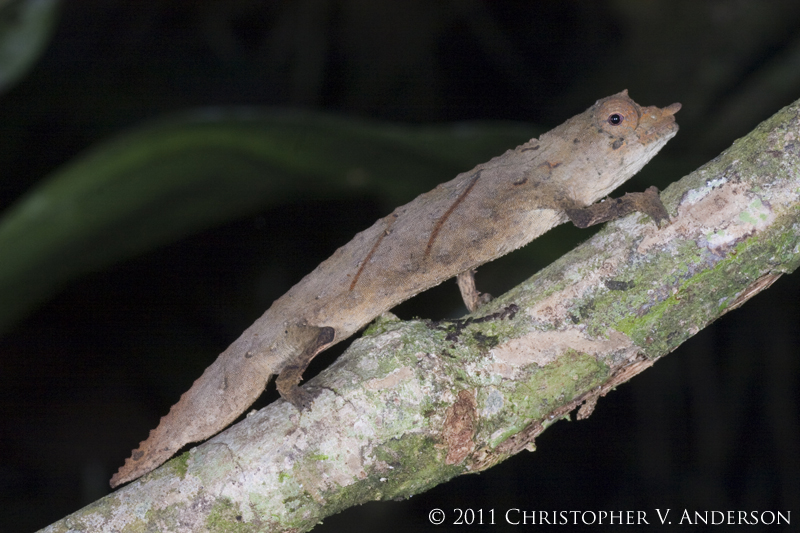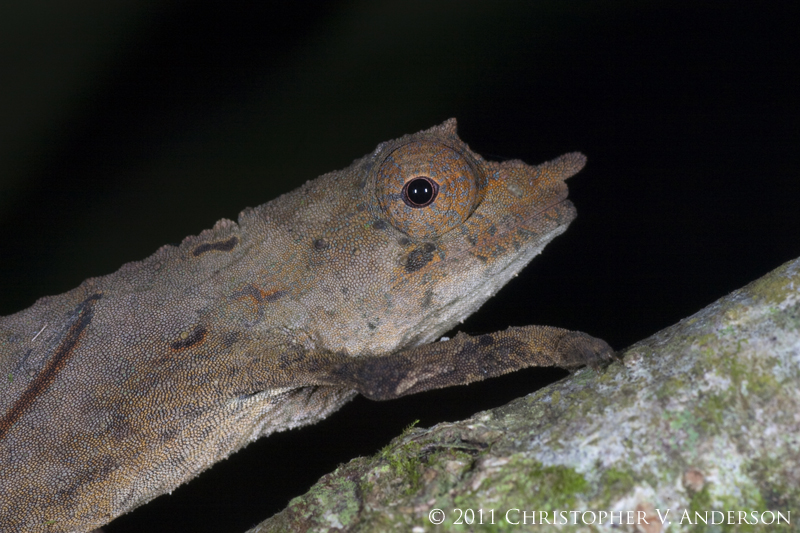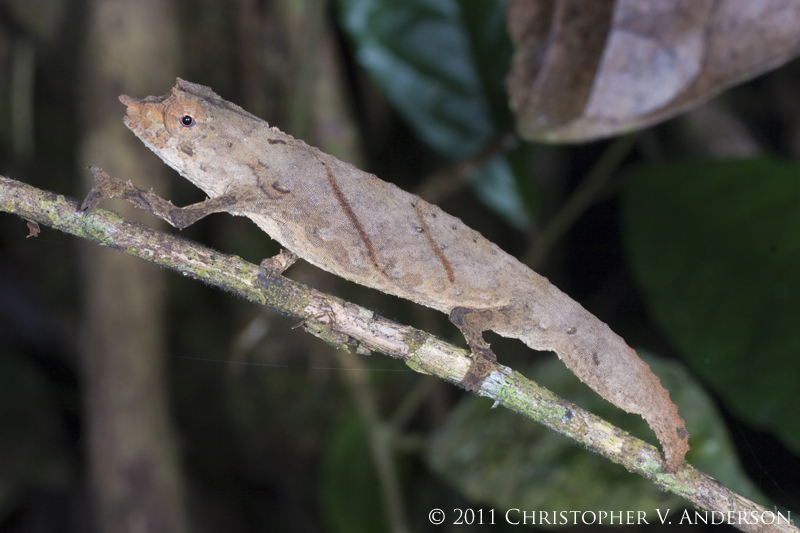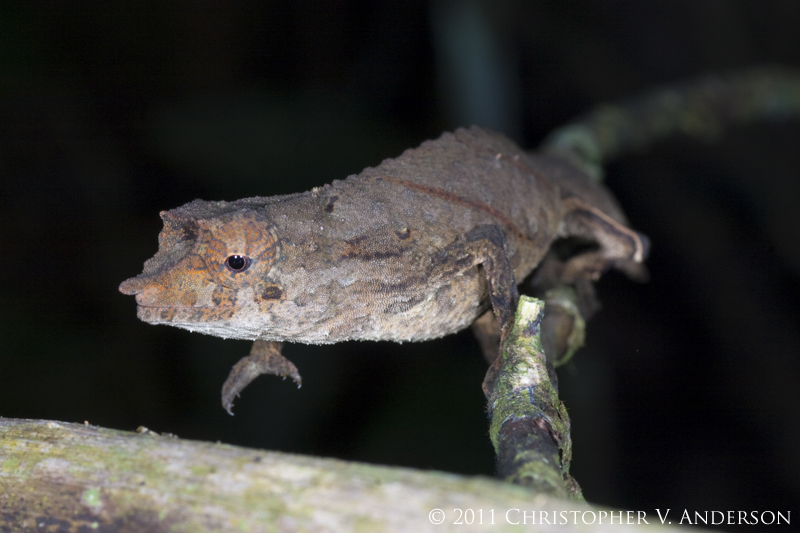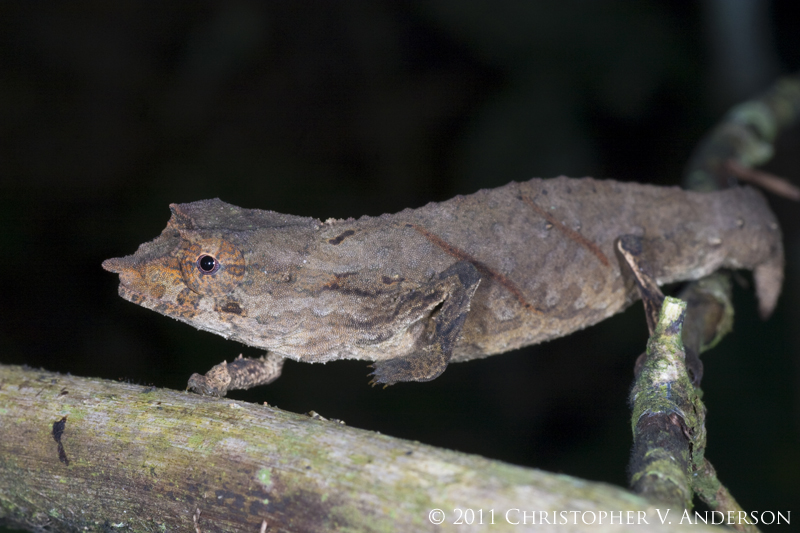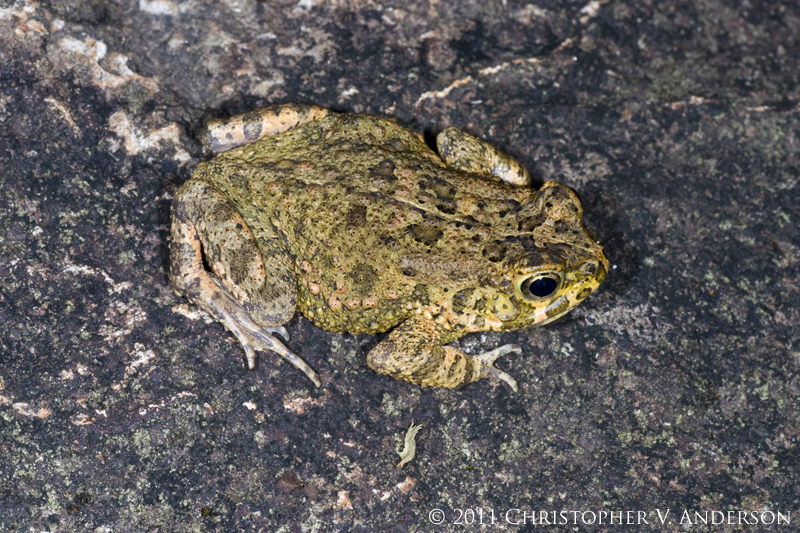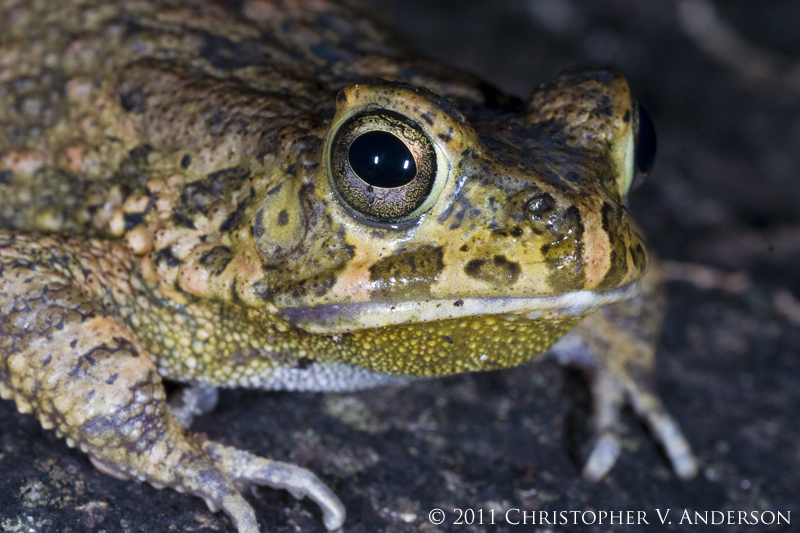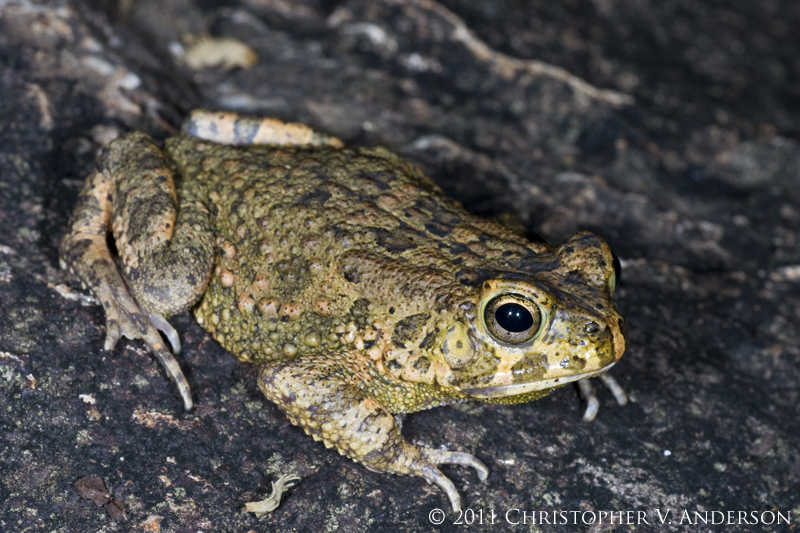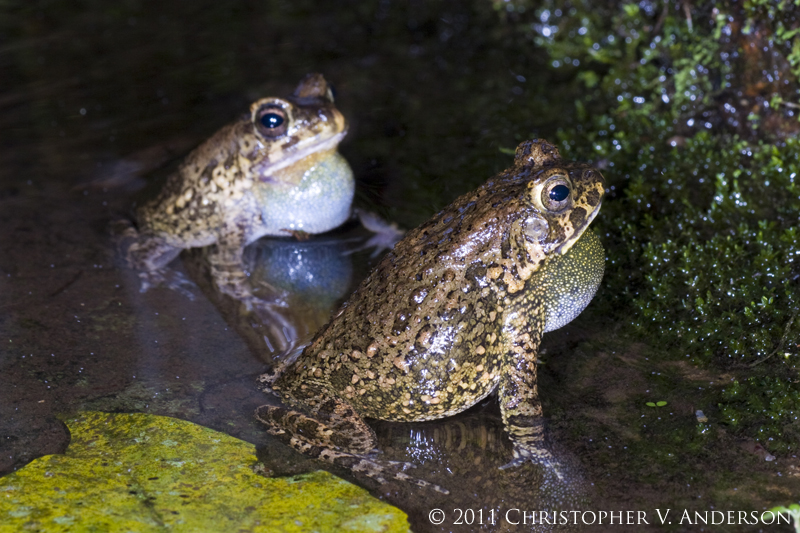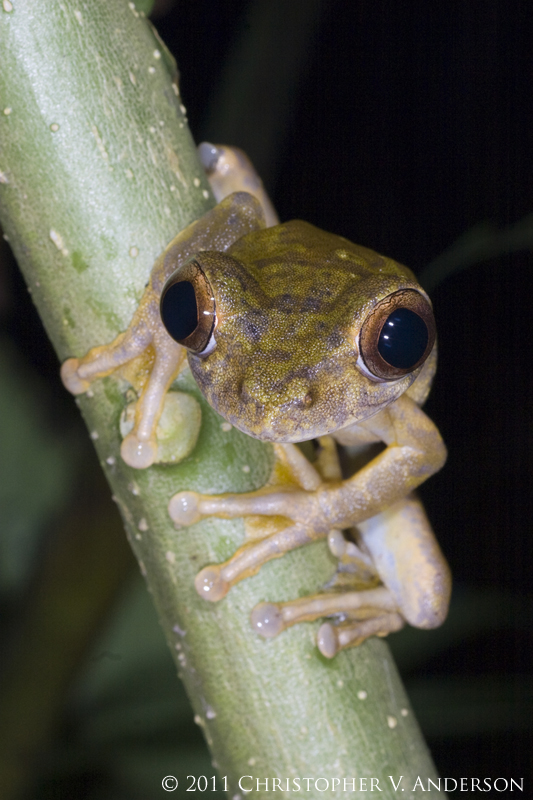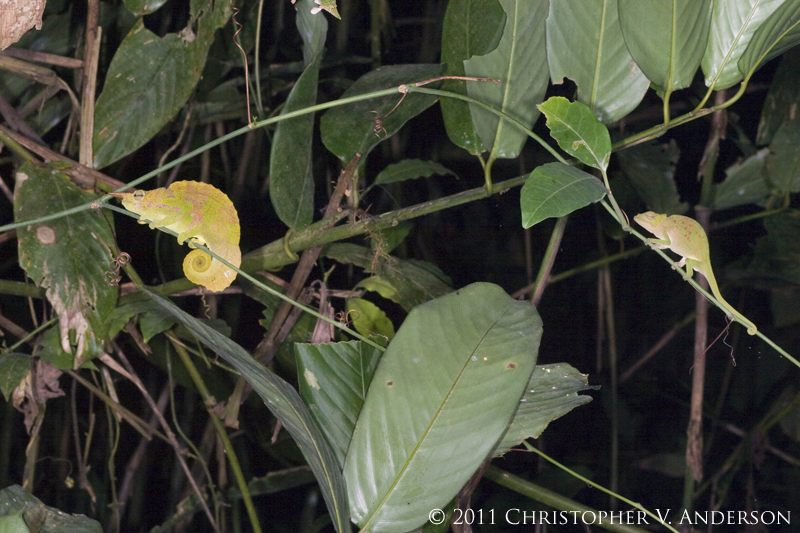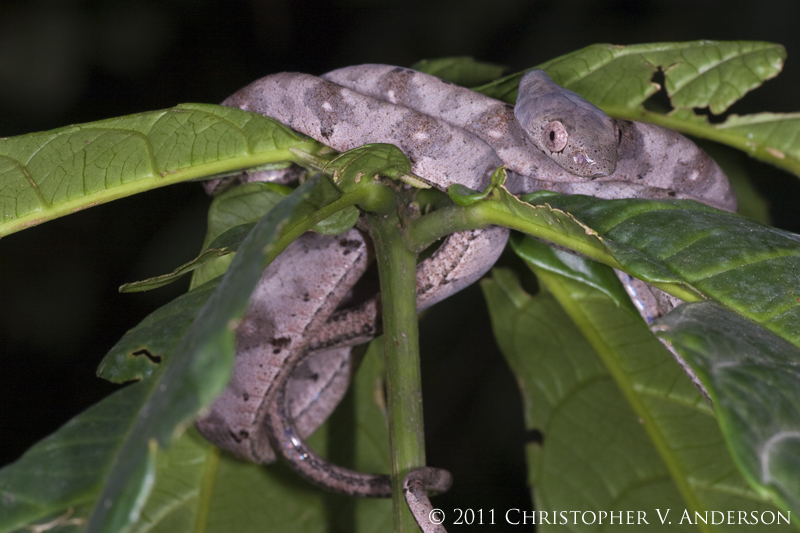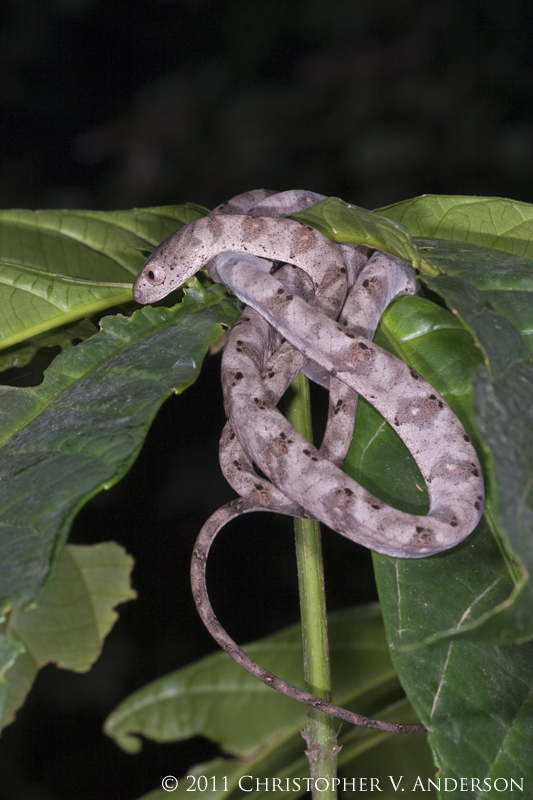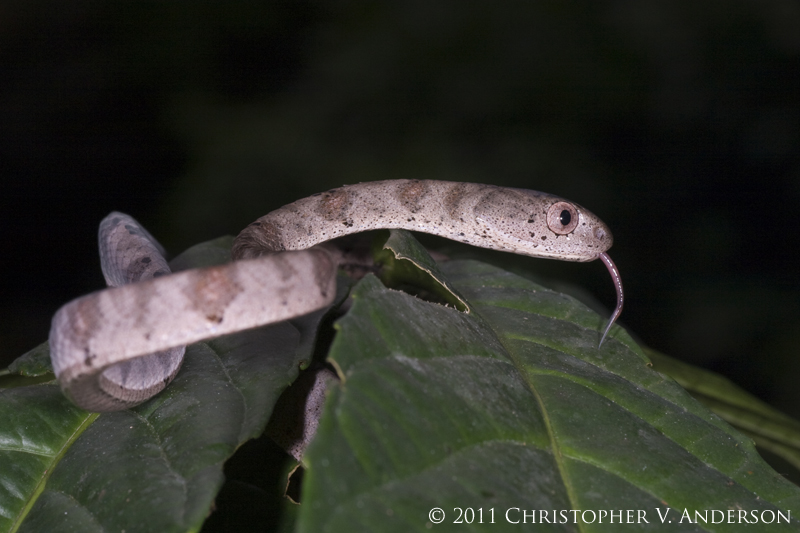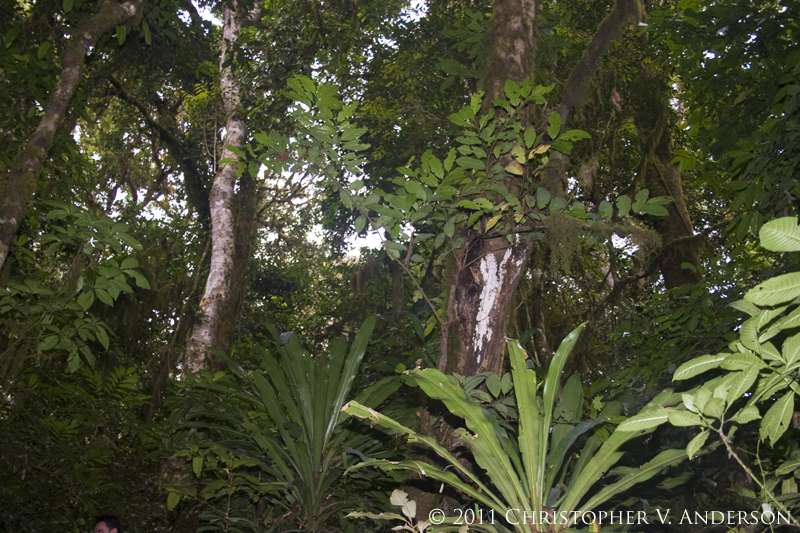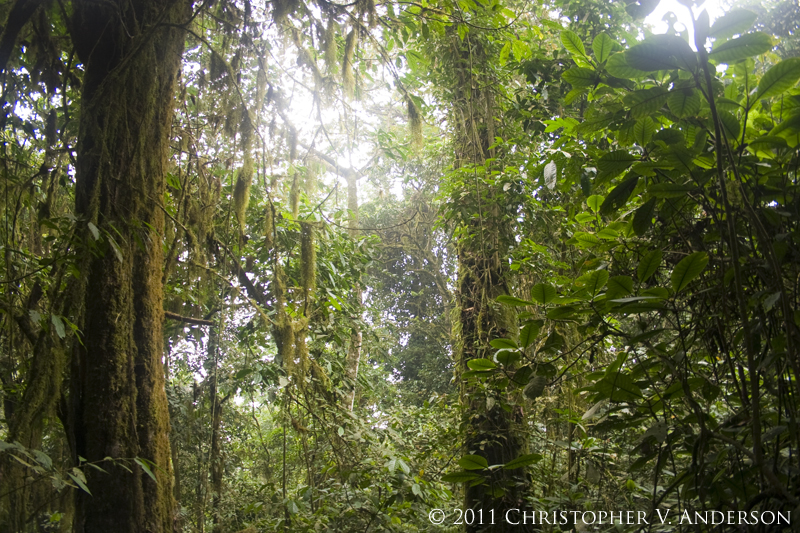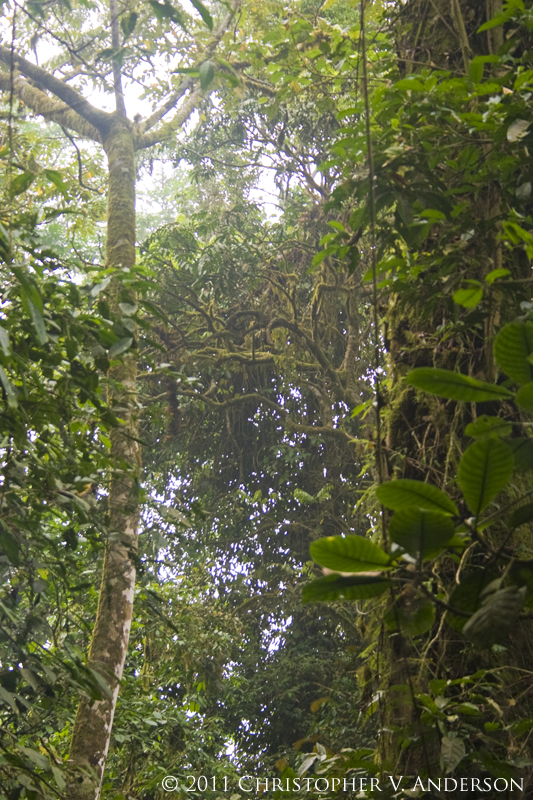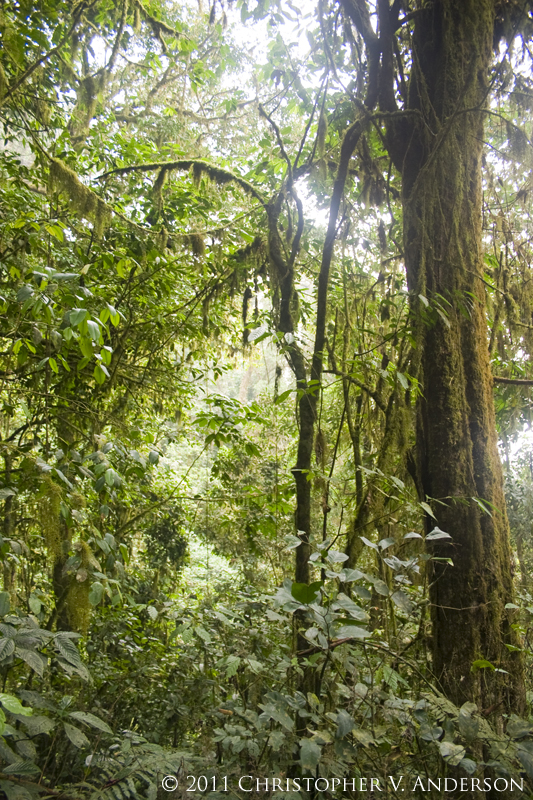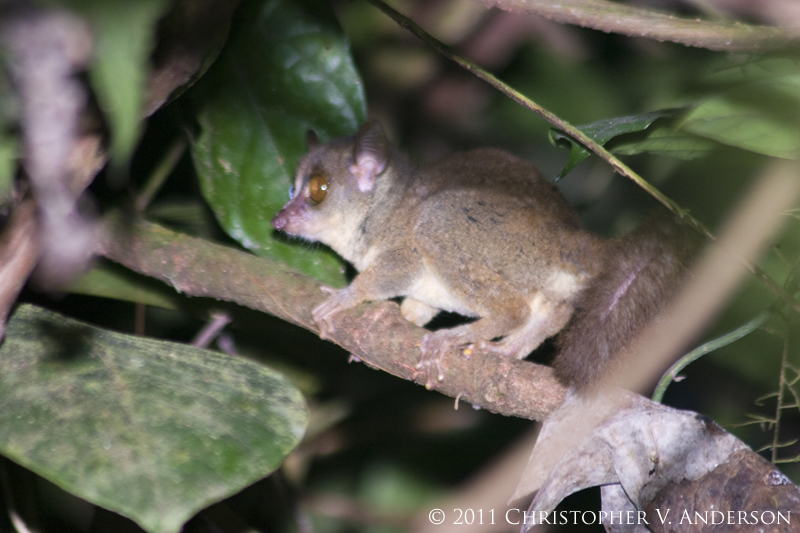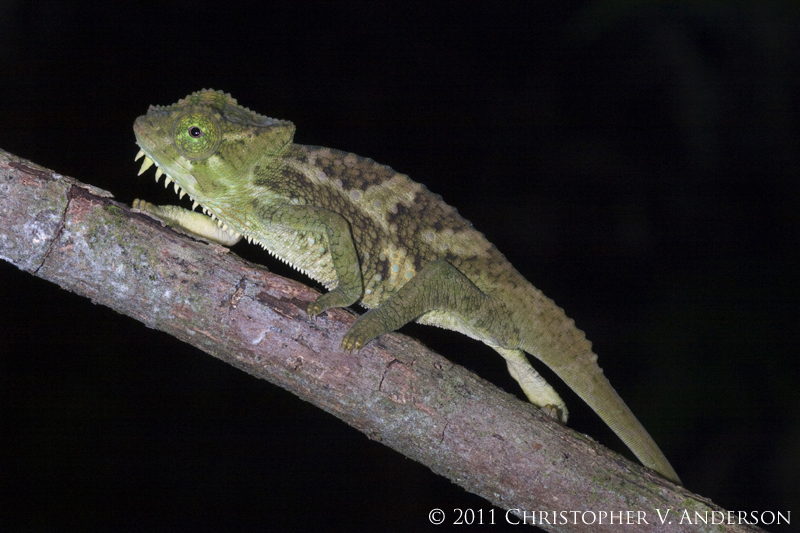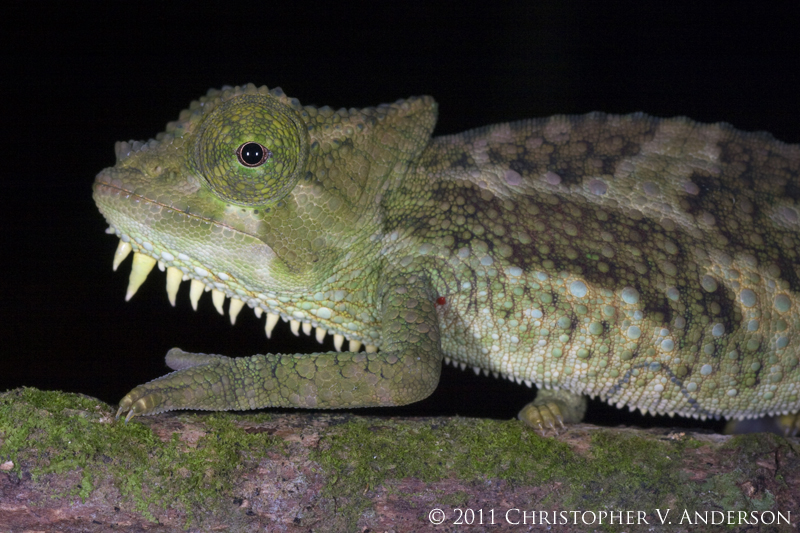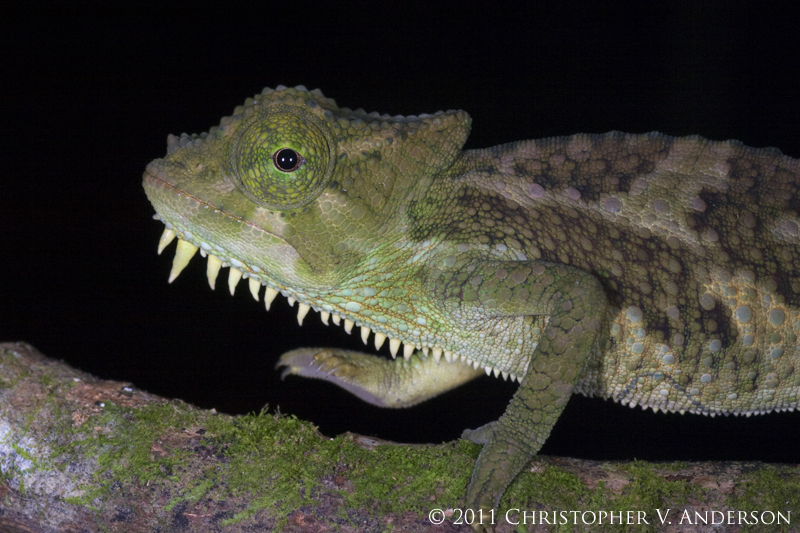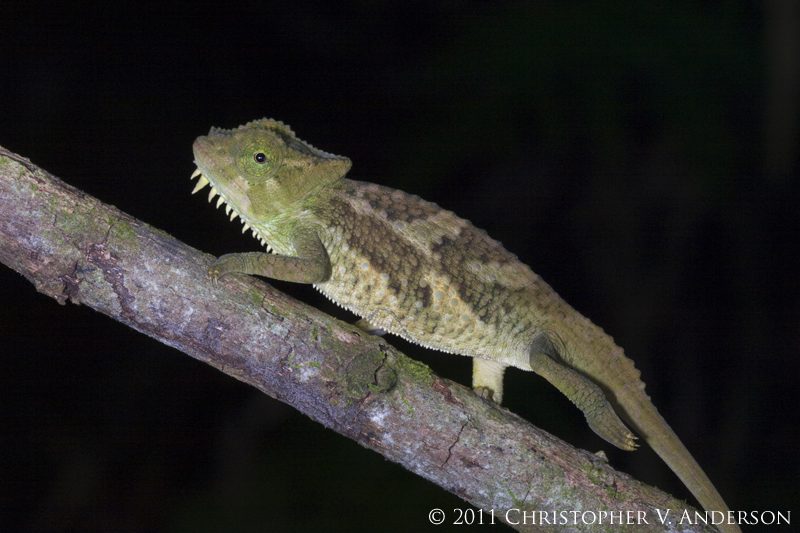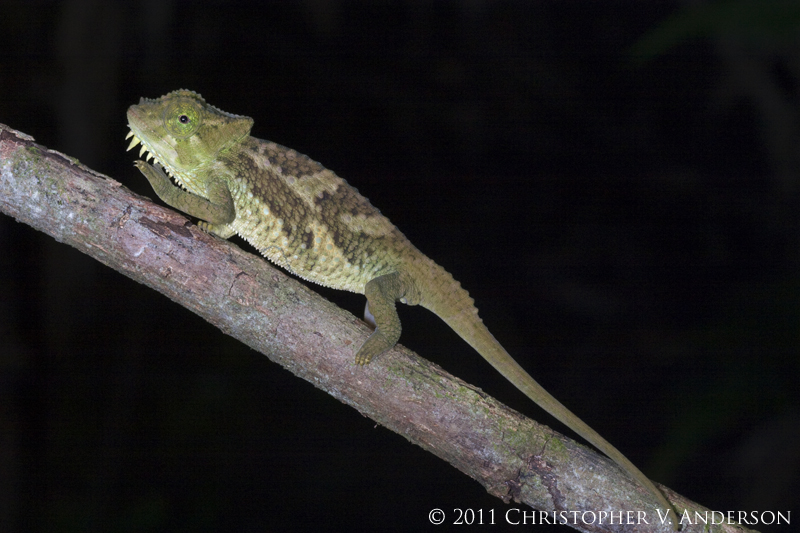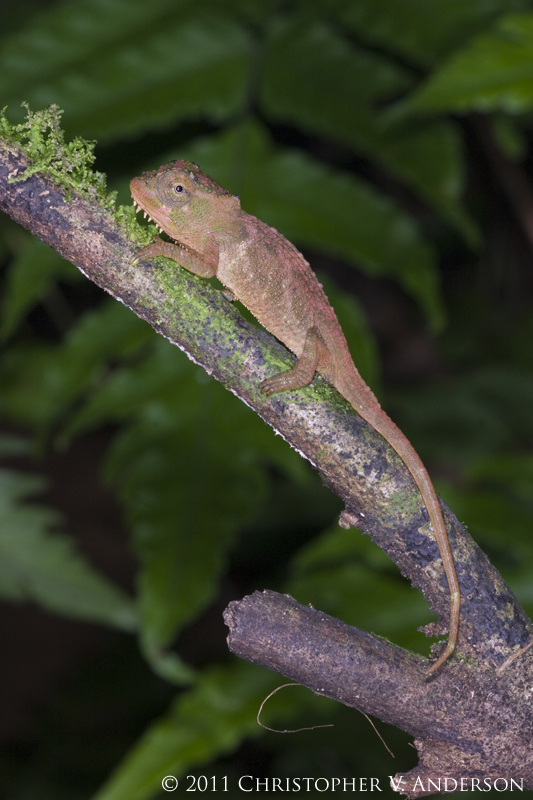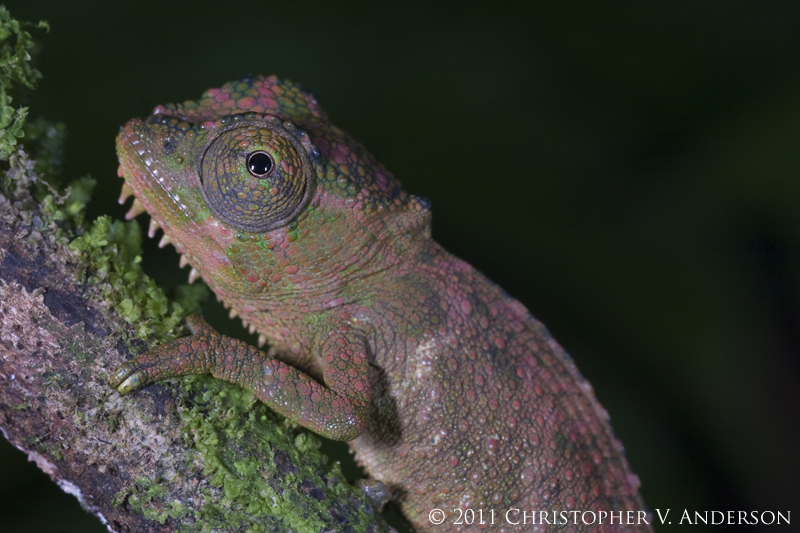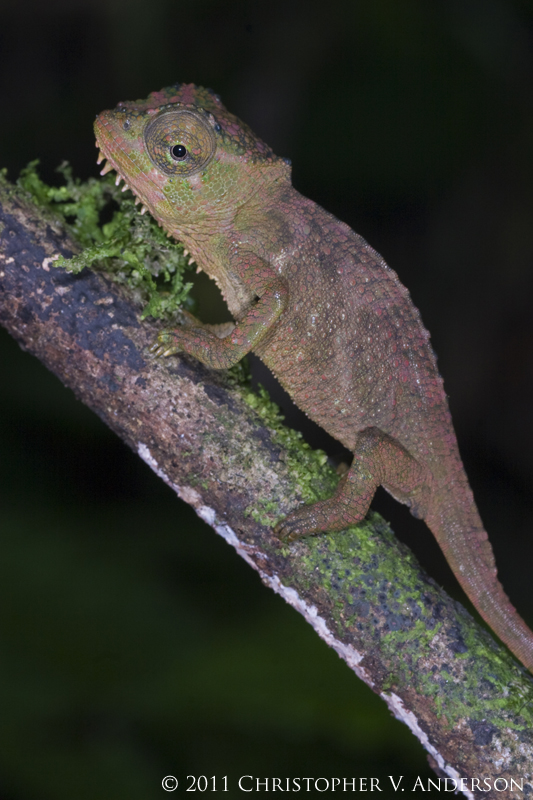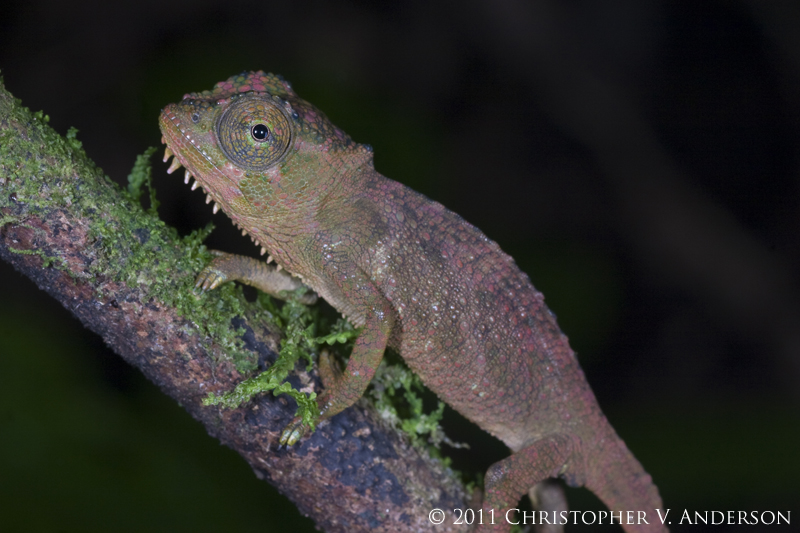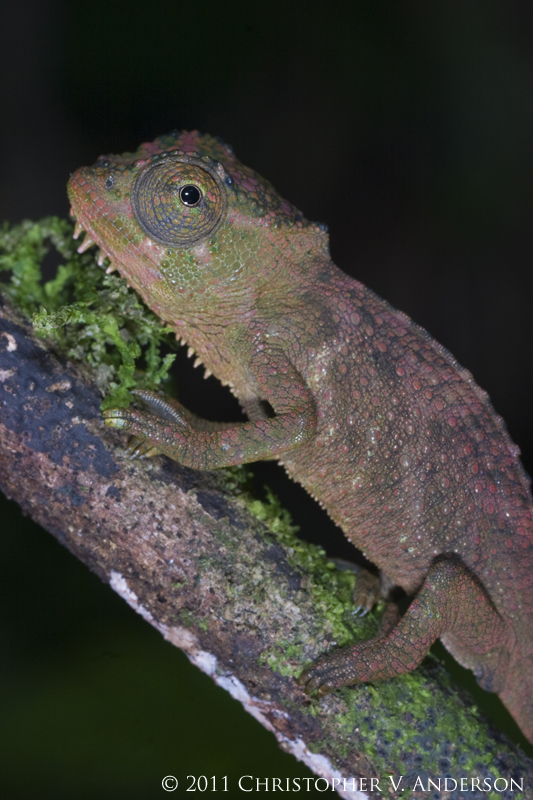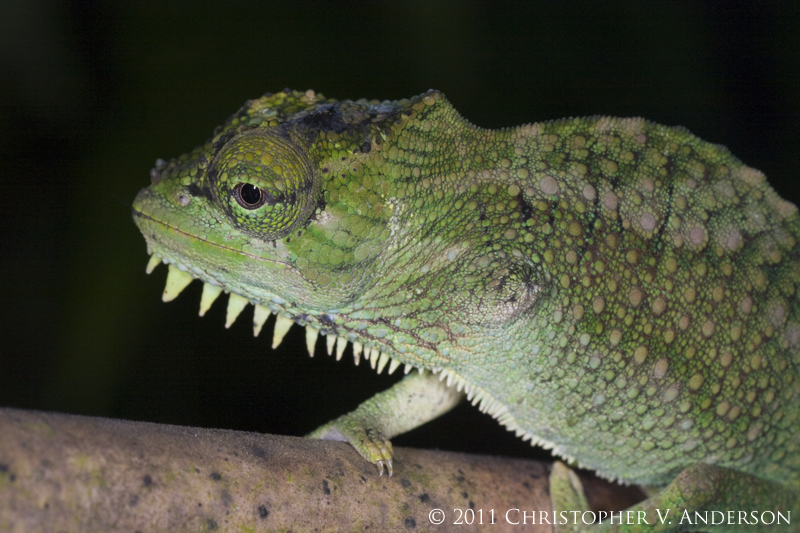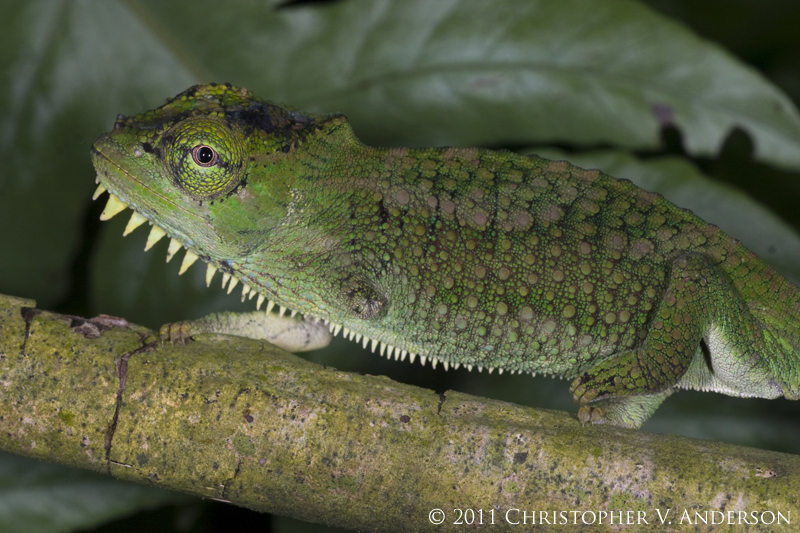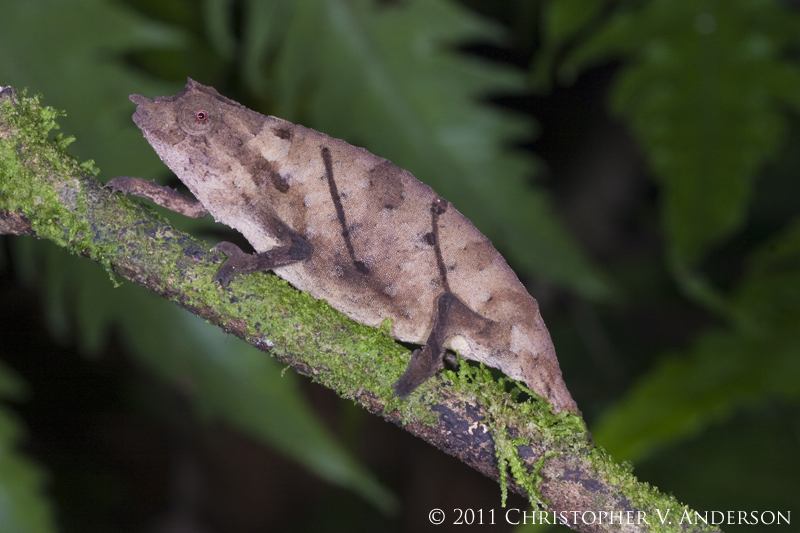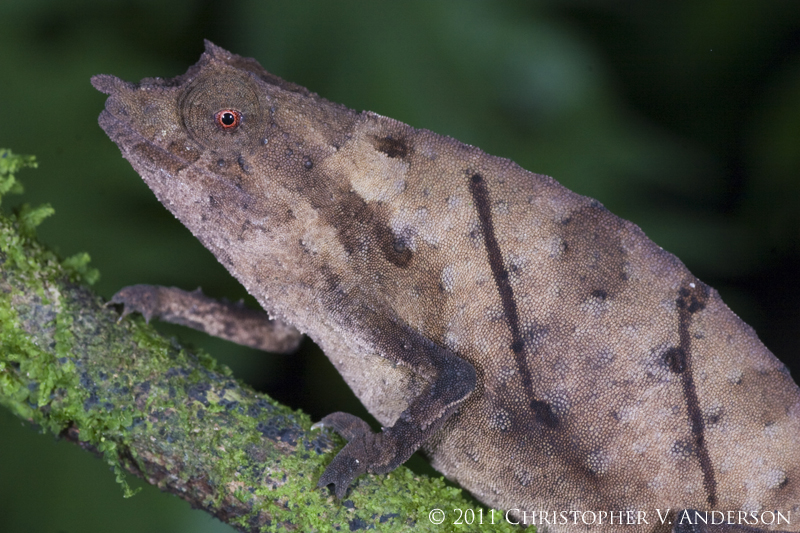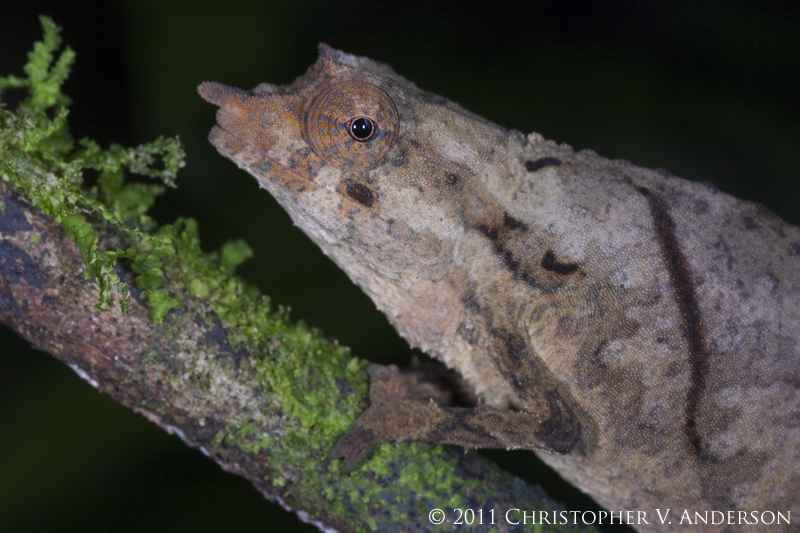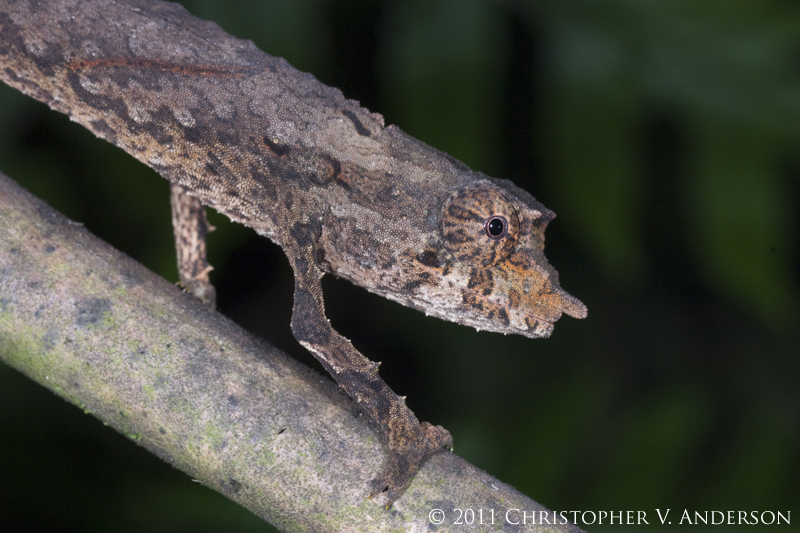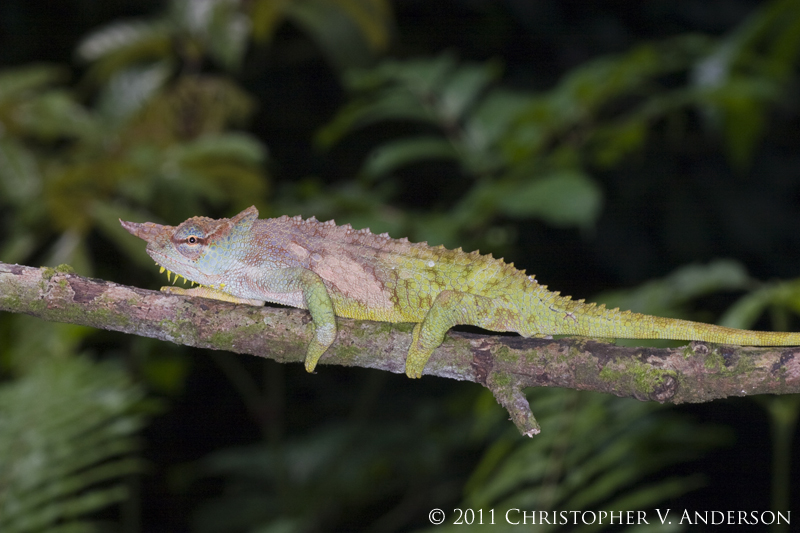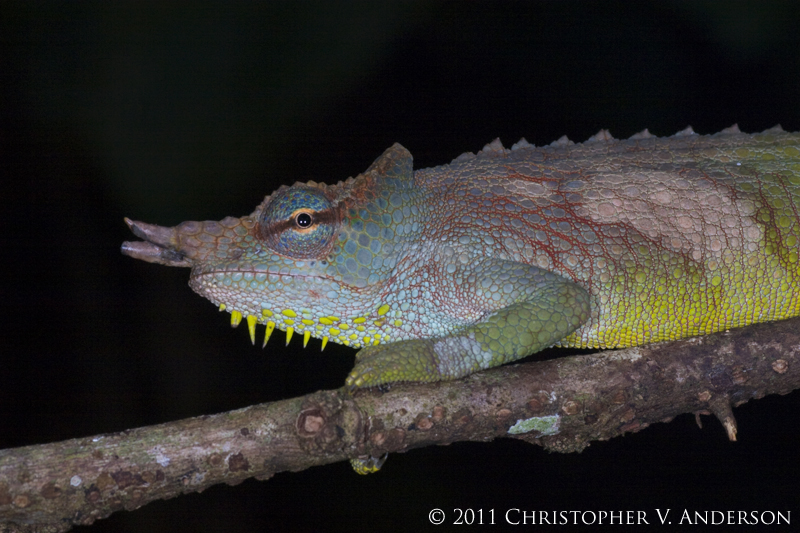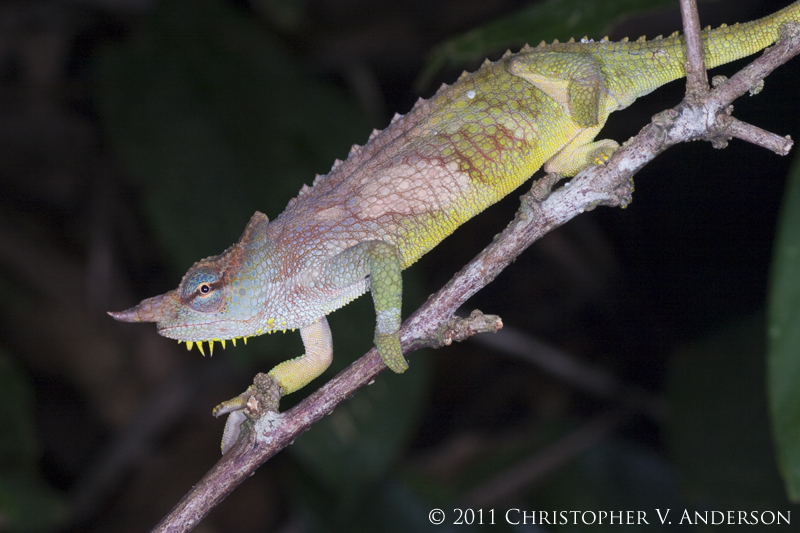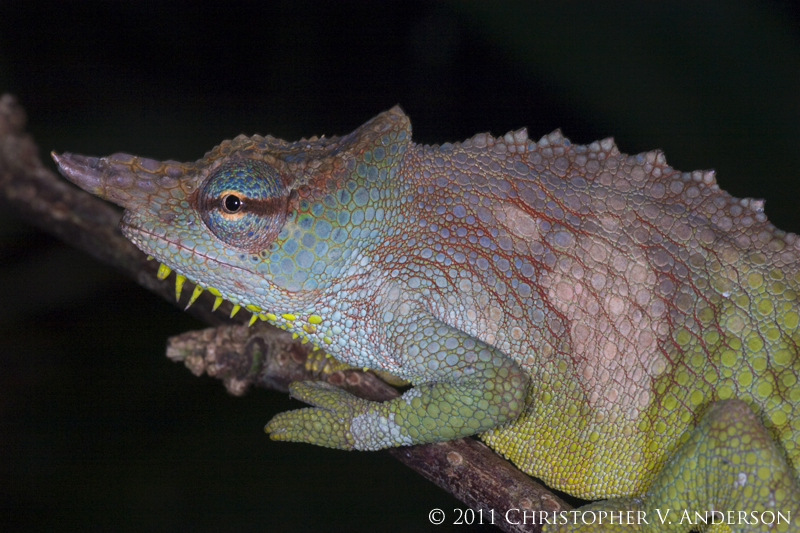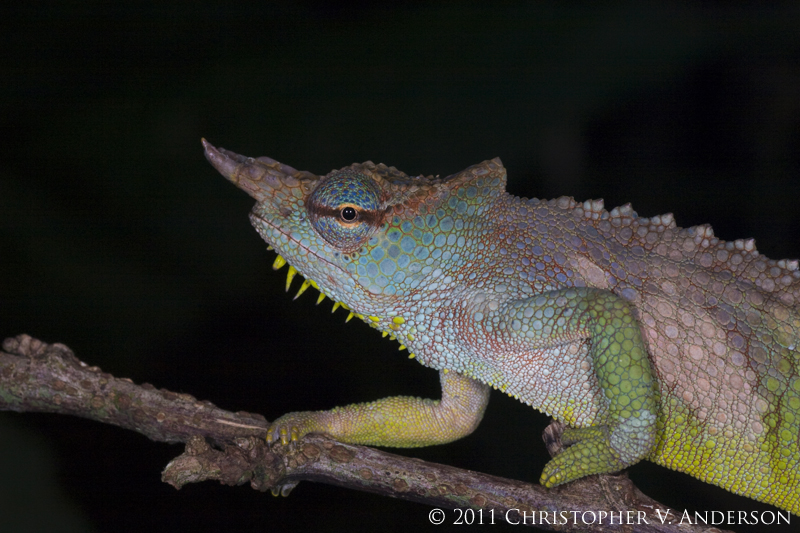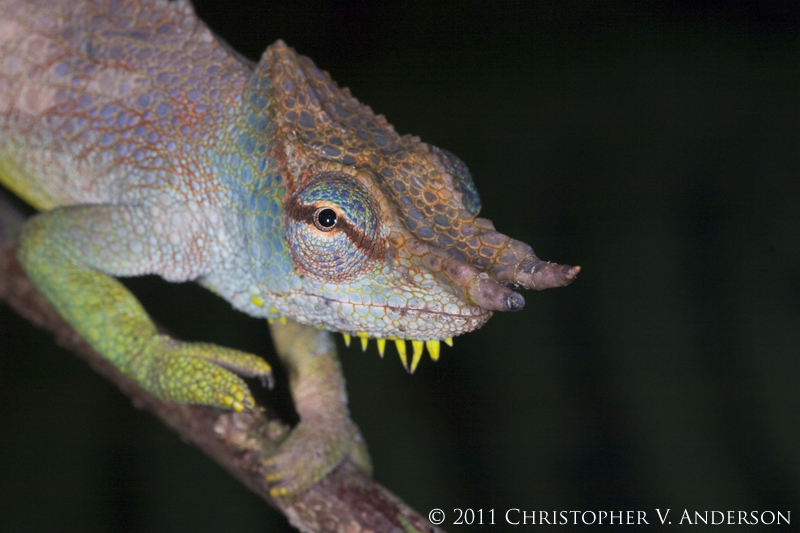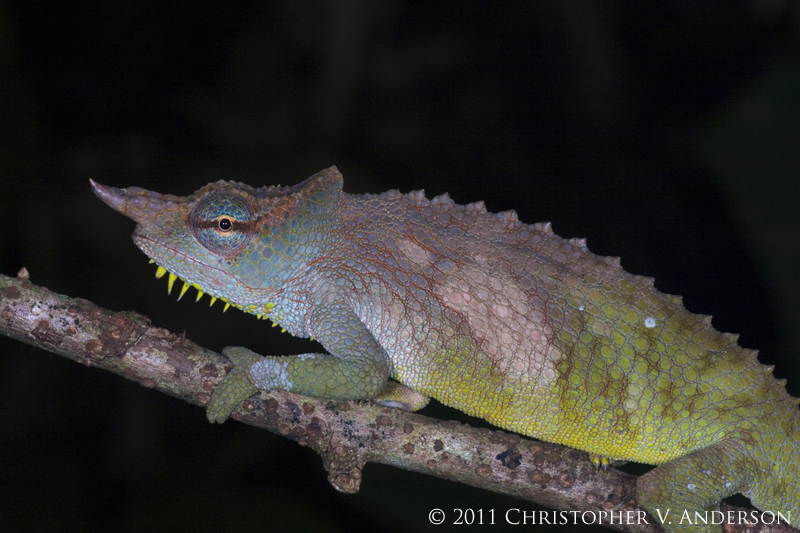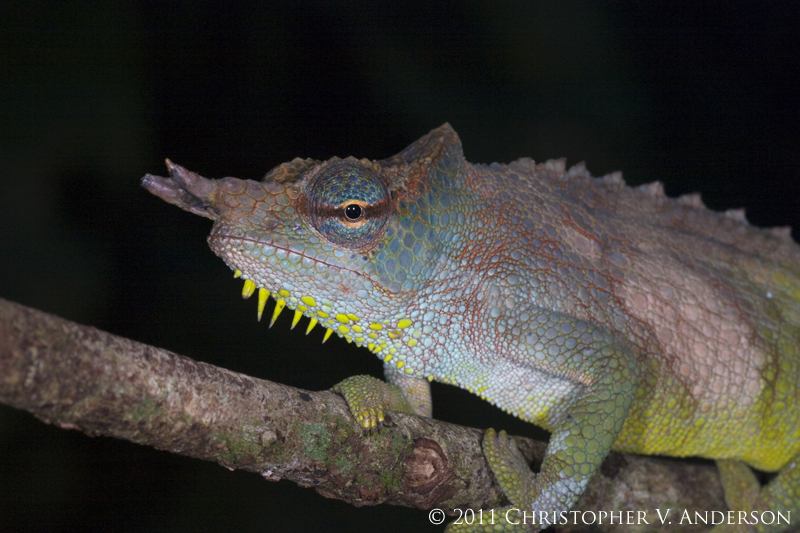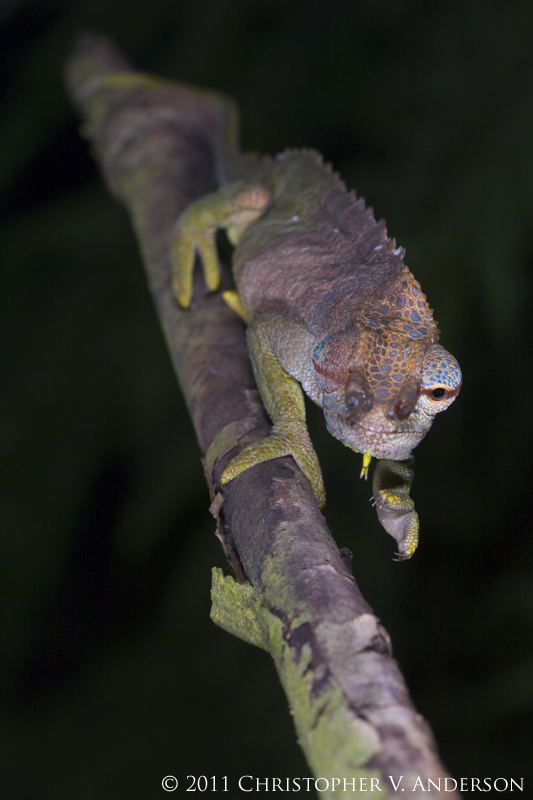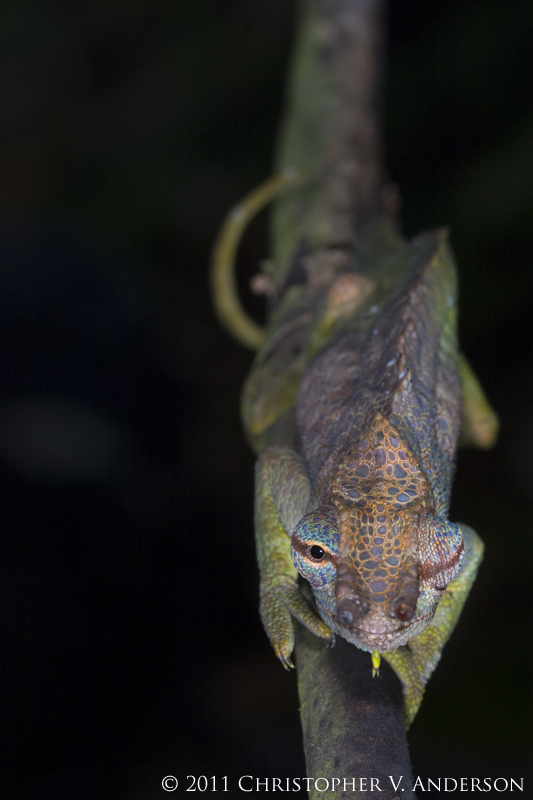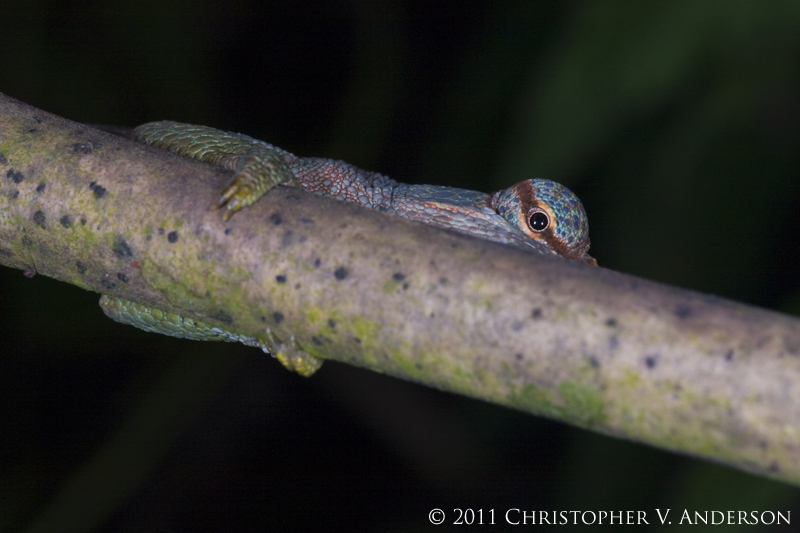Chris Anderson
Dr. House of Chameleons
This thread is the second on a series of threads outlining the Exo Terra Expedition to Cameroon I recently returned from. The first thread in this series can be found here:
https://www.chameleonforums.com/exo-terra-cameroon-expedition-mount-cameroon-55779/
After our visit to Buea to explore Mount Cameroon, we traveled toward Nyassosso, a remote village in the Southwest Region of Cameroon located at the base of Mount Kupe.
Along the way from Buea to Nyassosso:

Mount Kupe was the target of a WWF conservation/management project. As part of the project, information boards were created at WWF centers and the vicinity:


Unfortunately it appears the project has gone largely dormant, as is evident from the content of these information boards, however there is a boundary that the villagers are not supposed to cross for agricultural and hunting uses.
Nyassosso is located at approximately 900m in elevation. Upon arrival, some of us ventured toward the start of the paths up the mountain to a riparian zone. Here, we found a number of unusual invertebrates:





We also were able to locate a Rhampholeon (Rhampholeon) spectrum (Cameroon Pygmy Chameleon). As you can see, this species is easy to sex as the males are hung like a male C. dilepis:





https://www.chameleonforums.com/exo-terra-cameroon-expedition-mount-cameroon-55779/
After our visit to Buea to explore Mount Cameroon, we traveled toward Nyassosso, a remote village in the Southwest Region of Cameroon located at the base of Mount Kupe.
Along the way from Buea to Nyassosso:
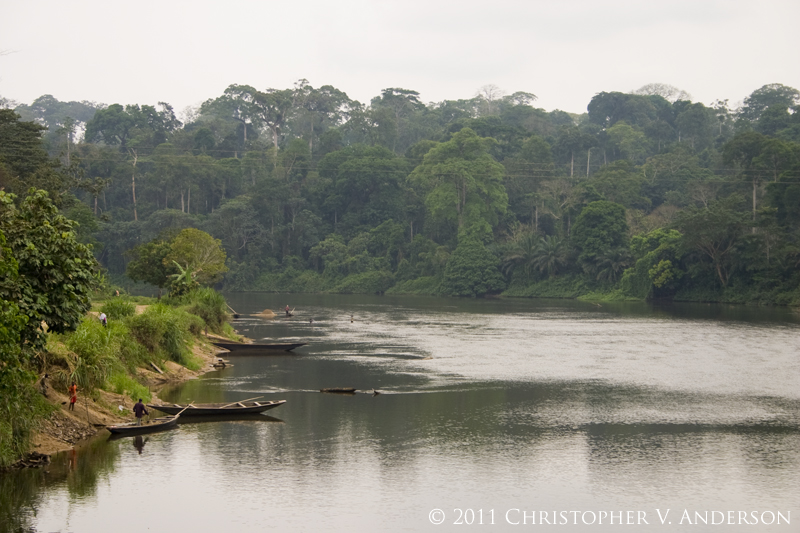
Mount Kupe was the target of a WWF conservation/management project. As part of the project, information boards were created at WWF centers and the vicinity:
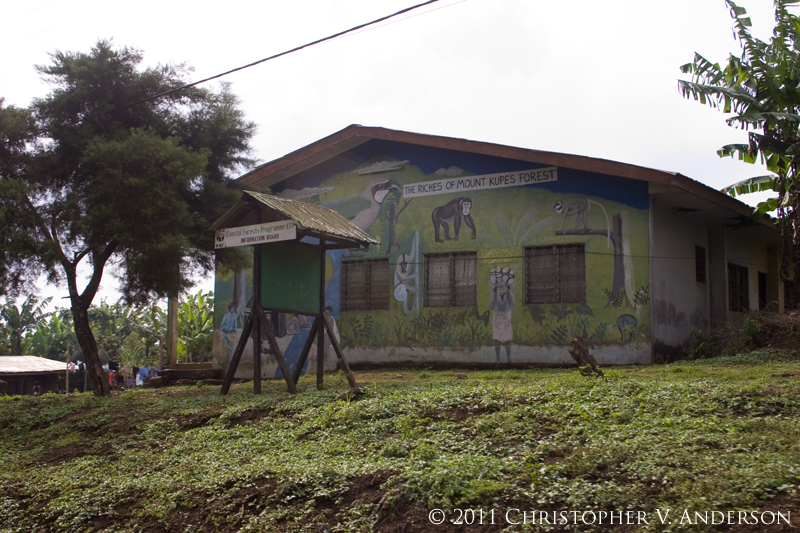
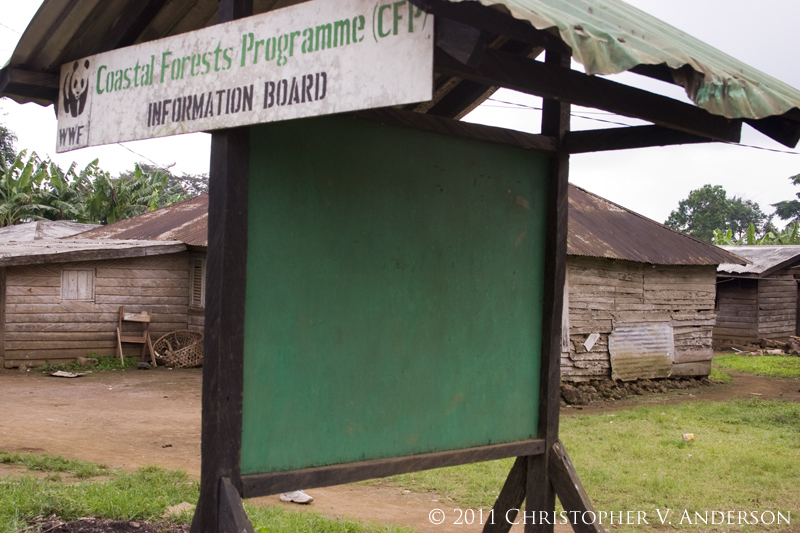
Unfortunately it appears the project has gone largely dormant, as is evident from the content of these information boards, however there is a boundary that the villagers are not supposed to cross for agricultural and hunting uses.
Nyassosso is located at approximately 900m in elevation. Upon arrival, some of us ventured toward the start of the paths up the mountain to a riparian zone. Here, we found a number of unusual invertebrates:
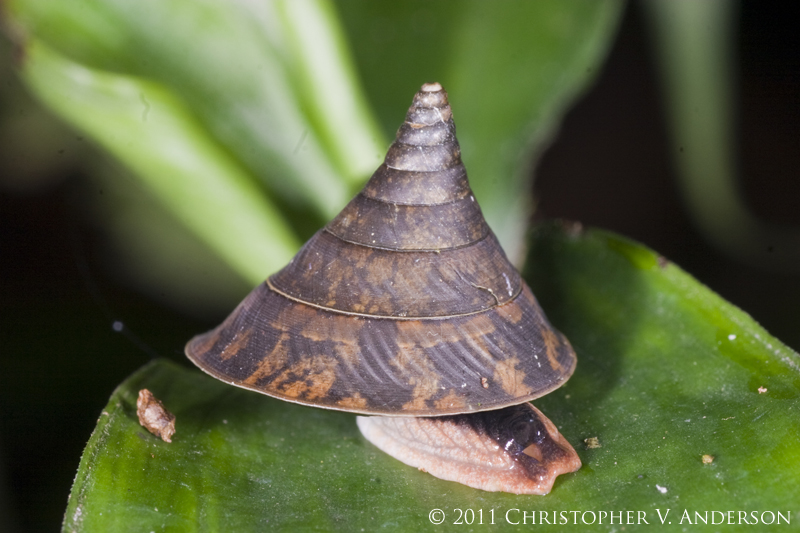
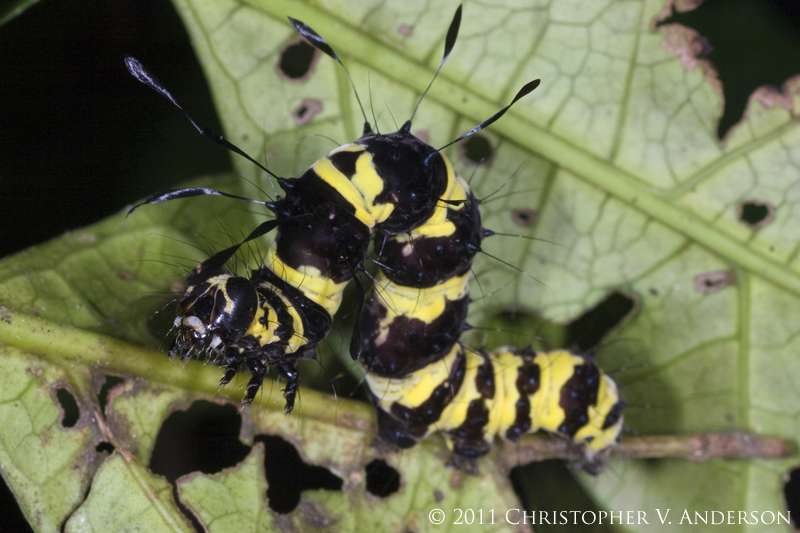
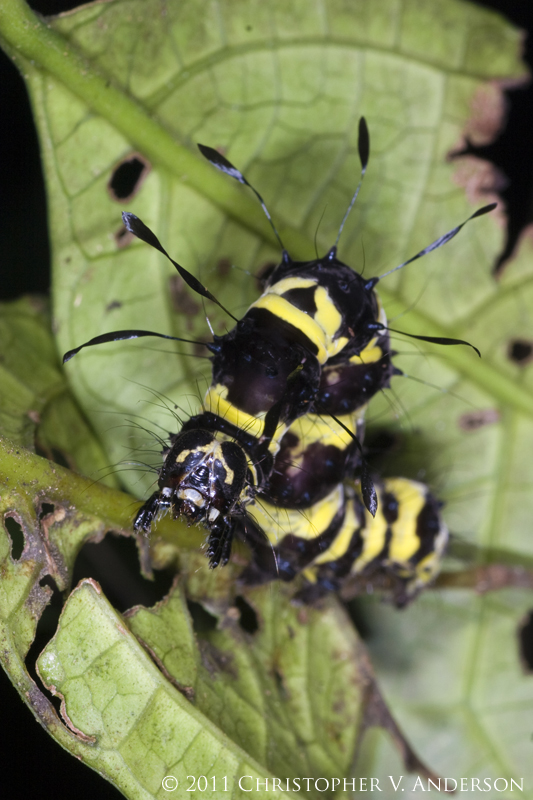
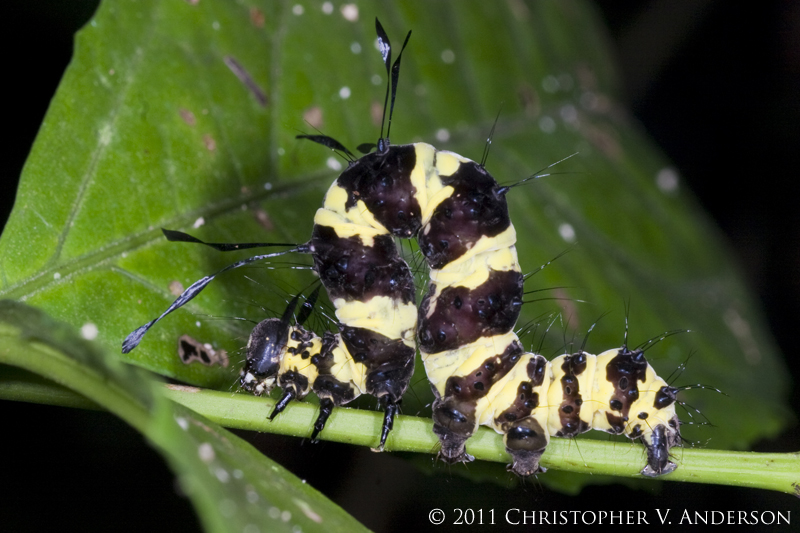
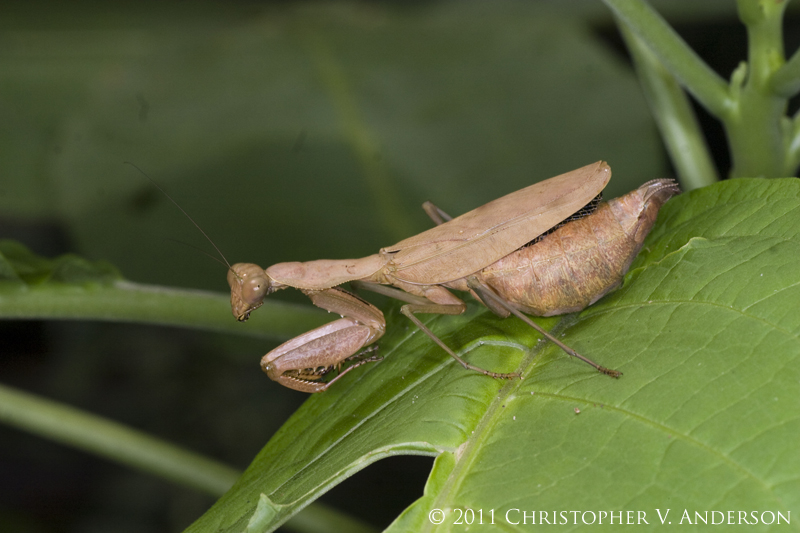
We also were able to locate a Rhampholeon (Rhampholeon) spectrum (Cameroon Pygmy Chameleon). As you can see, this species is easy to sex as the males are hung like a male C. dilepis:
